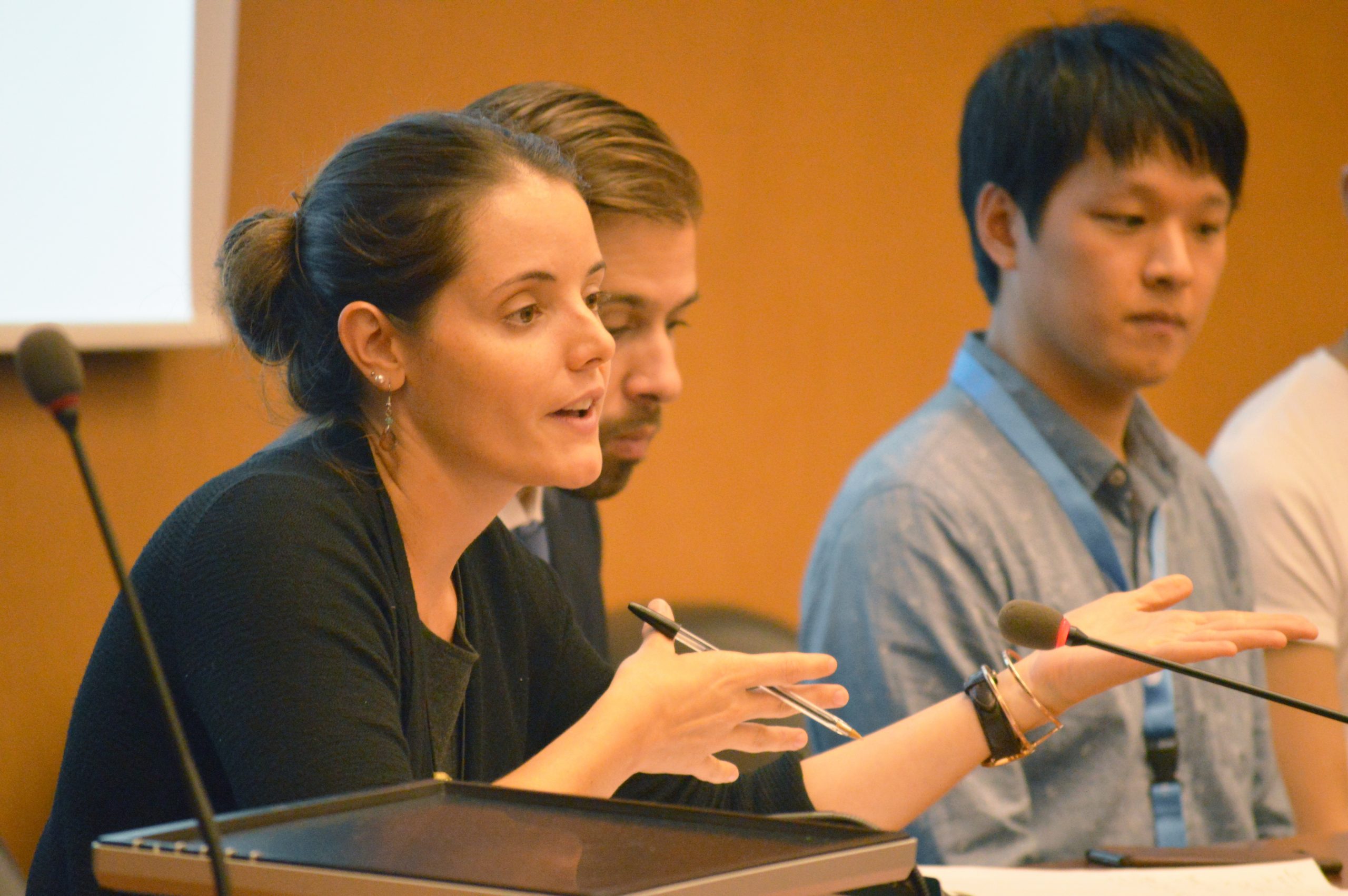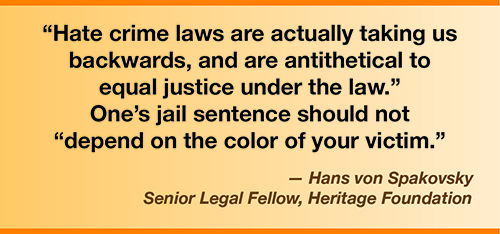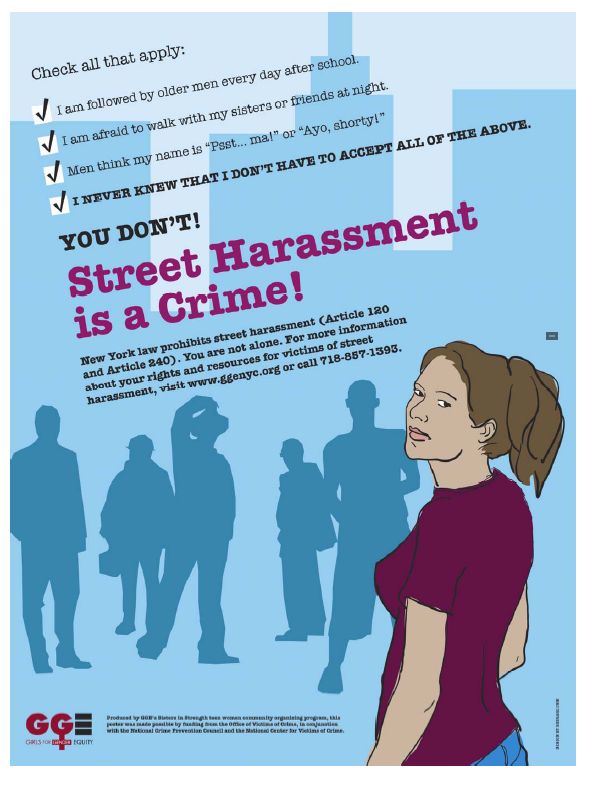Crisis of Enforced Disappearances in Mexico and its Conflict with Sustainable Development Goals
Violation of SDG 16: Peace, Justice and Strong Institutions
A report by Amnesty International highlights a severe institutional crisis in Mexico, directly contravening the principles of Sustainable Development Goal 16, which calls for peace, justice, and strong institutions. The state’s failure to address the forced disappearance of over 128,000 people has created a climate of impunity and violence. This systemic failure is evidenced by several key factors:
- Lack of State-Led Investigations: Mexican authorities are reported to be of little to no help in spearheading investigations, effectively denying justice to victims and their families.
- Normalization of Disappearances: State policies have historically accommodated and normalized the practice of forced disappearances, a tool first used for political repression during the “Dirty War” and now co-opted by criminal organizations.
- Erosion of Institutional Transparency: The integrity of state institutions is compromised by the manipulation of official data. A 2023 government “audit” of the National Register of Missing and Disappeared Persons (RNDPNO) drastically reduced the number of confirmed disappearances from over 115,000 to 12,000, an action seen as an effort to undermine transparency and accountability.
- Pervasive Impunity: The inability or unwillingness of the state to investigate these crimes and protect its citizens fosters a culture of fear and allows organized crime to flourish, further destabilizing communities and undermining the rule of law.
Disproportionate Impact on Women and Setbacks for SDG 5: Gender Equality
The crisis has a profound and gendered impact, representing a significant setback for SDG 5 (Gender Equality). Women are at the forefront of the search for the disappeared, and in doing so, face unique and severe risks that violate their fundamental rights to safety and participation in public life.
- Gendered Nature of Activism: Women, primarily mothers, sisters, and daughters, have been forced to lead grassroots search efforts, forming collectives to seek the truth that the state fails to provide.
- Targeted Violence Against Women: These women searchers are systematically targeted for their activism. The report documents that at least 16 have been killed, and 97 percent face daily threats, including abduction, torture, and sexual violence. This directly undermines SDG Target 5.2, which aims to eliminate all forms of violence against women.
- Socio-Economic and Caregiving Burdens: In Mexico’s patriarchal society, women bear the double burden of their traditional caregiving roles and the dangerous, time-consuming work of searching for loved ones. The absence of a supportive care infrastructure places immense emotional and economic strain on families, exacerbating gender inequality.
- Forced Civic Participation: The rise of “maternal activism” is a direct consequence of the state’s failure to protect its citizens, forcing women into high-risk roles to demand accountability and justice, a clear indicator of the breakdown in the social contract and the denial of women’s right to safe and effective participation (SDG Target 5.5).
Compounding Human Rights and Health Crises: Undermining SDG 3 and SDG 10
The ongoing situation creates a multifaceted human rights emergency that also impedes progress on SDG 3 (Good Health and Well-being) and SDG 10 (Reduced Inequalities). The constant fear and lack of resolution inflict severe psychological trauma on families, while the state’s inaction deepens societal inequalities.
- Over 128,000 individuals are currently registered as forcibly disappeared, creating a widespread and unresolved collective trauma.
- At least 16 women leading search efforts have been murdered for their activism, demonstrating the lethal risks involved.
- A reported 97 percent of women involved in these searches face daily threats to their safety and well-being.
- The threats manifest as torture, abduction, sexual violence, and forced displacement, creating a public health crisis for this vulnerable group and undermining community safety.
Recommendations for Alignment with the 2030 Agenda
To address this crisis and realign with its commitments to the Sustainable Development Goals, the Mexican government must take immediate and decisive action. The core demand from human rights organizations and activists is “¡Sin las familias, no!” (“Not without the families!”), emphasizing that victims’ families must be central to any solution.
- Ensure Meaningful Participation: In line with SDG 16.7, all government measures concerning disappearances must be developed with the full and meaningful participation of women searchers and their collectives.
- Provide State Protection: The state must fulfill its primary duty to protect its citizens by providing robust security measures for all individuals searching for the disappeared, thereby upholding their fundamental human rights.
- Strengthen Justice and Accountability: To achieve SDG 16, Mexico must build effective, accountable, and transparent institutions capable of investigating disappearances, prosecuting perpetrators, and ending the cycle of impunity.
- Establish Supportive Infrastructure: To advance SDG 5 and SDG 10, the government must create a supportive care infrastructure to alleviate the socio-economic burdens on families, particularly women, affected by disappearances.
Analysis of SDGs, Targets, and Indicators
1. Which SDGs are addressed or connected to the issues highlighted in the article?
-
SDG 16: Peace, Justice and Strong Institutions
This goal is central to the article, which describes a complete breakdown of peace, justice, and institutional integrity in Mexico. The text highlights issues of violence (“at least 16 killed”), impunity (“impunity dominates”), the failure of state institutions to investigate crimes (“state institutions often fail to investigate disappearances”), and a lack of transparency from authorities who “manipulate figures” on forced disappearances. The core theme is the state’s failure to provide security and justice for its citizens, particularly for the victims of forced disappearances and their families.
-
SDG 5: Gender Equality
The article specifically focuses on the gendered impact of the crisis, making SDG 5 highly relevant. It reports that women are the primary searchers (“mothers, sisters, and daughters”) and are disproportionately targeted with violence, including “sexual violence.” The article points to Mexico’s “deeply patriarchal society” and the lack of a “supportive care infrastructure,” which places immense emotional and economic burdens on women who must choose between searching for loved ones and their traditional caregiving roles. The call for “meaningful participation of women searchers” also directly addresses the need for women’s involvement in decision-making processes.
2. What specific targets under those SDGs can be identified based on the article’s content?
-
Target 16.1: Significantly reduce all forms of violence and related death rates everywhere
The article directly addresses this target by reporting on the violence faced by women searchers, stating that “at least 16 [were] killed to date” and that they confront a “climate of fear marked by the risk of torture, abduction, sexual violence, and forced displacement.” The mention of “mass killing sites” further underscores the widespread violence.
-
Target 16.3: Promote the rule of law at the national and international levels and ensure equal access to justice for all
This target is relevant as the article describes a state of lawlessness where “impunity dominates.” The state fails to provide justice, as “state institutions often fail to investigate disappearances or offer refuge to those who seek answers.” The entire phenomenon of “maternal activism” arises because victims and their families are “failed by the very system that was intended to protect them.”
-
Target 16.6: Develop effective, accountable and transparent institutions at all levels
The article highlights the failure of this target by describing how Mexican state authorities are “of little to no help” and their policies “accommodate the normalization of forcibly disappearing individuals.” The lack of transparency and accountability is explicitly shown by the government’s 2023 “audit” that dropped the number of confirmed disappearances in a “clear effort by officials to manipulate figures and undermine transparency.”
-
Target 16.10: Ensure public access to information and protect fundamental freedoms
This target is undermined by the state’s actions. The article notes that efforts to get a “full report on forced disappearance statistics have faltered,” with the national registry relegating cases to ambiguous categories due to “insufficient data.” Furthermore, the fundamental freedom to seek truth and accountability is being attacked, as the women who exercise this right are targeted with violence and reprisals.
-
Target 5.2: Eliminate all forms of violence against all women and girls in the public and private spheres
The article provides direct evidence related to this target, stating that women searchers face the “risk of torture, abduction, sexual violence.” It reports that “97 percent of women involved in these searches report facing threats daily,” demonstrating a severe and targeted form of violence against women in the public sphere.
-
Target 5.4: Recognize and value unpaid care and domestic work through the provision of public services, infrastructure and social protection policies
The article implies a failure to meet this target by describing how, in Mexico’s “deeply patriarchal society,” women are primary caregivers. The absence of a “supportive care infrastructure” forces them into an “impossible choice between searching for their missing loved ones and caring for the family that awaits them at home,” leading to “emotional and economic strains.”
-
Target 5.5: Ensure women’s full and effective participation and equal opportunities for leadership at all levels of decision-making
This target is directly referenced in the call to action from Amnesty International’s executive director: “All government measures on the issue of disappearances must include the meaningful participation of women searchers.” This highlights that these women are currently excluded from the decision-making processes that directly affect them.
3. Are there any indicators mentioned or implied in the article that can be used to measure progress towards the identified targets?
-
Number of victims of intentional homicide
The article provides a specific figure that serves as a direct indicator: “at least 16 killed to date” among the women searchers. This measures the failure to reduce violence-related death rates (Target 16.1).
-
Proportion of population subjected to physical, psychological or sexual violence
A clear indicator is provided by the statistic that “97 percent of women involved in these searches report facing threats daily.” This measures the prevalence of violence and fear among a specific, vulnerable group (Targets 16.1 and 5.2).
-
Number of verified cases of enforced disappearance
The article provides several figures that act as indicators of this problem: “over 128,000 people have been forcibly disappeared.” The manipulation of these numbers, from “over 115,000 to 12,000,” serves as a negative indicator of institutional transparency and accountability (Targets 16.6 and 16.10).
-
Proportion of women in managerial and public life positions
An implied negative indicator is the call for “meaningful participation of women searchers” in government measures. This implies their current level of participation in decision-making on this issue is at or near zero, showing a lack of progress toward Target 5.5.
-
Existence of public services and social protection policies for unpaid care work
The article implies a lack of these services by stating there is “no supportive care infrastructure in place.” The resulting “emotional and economic strains” on families serve as a qualitative indicator of the consequences of this policy gap (Target 5.4).
4. Table of SDGs, Targets, and Indicators
| SDGs | Targets | Indicators Identified in the Article |
|---|---|---|
| SDG 16: Peace, Justice and Strong Institutions | 16.1: Reduce all forms of violence and related death rates | – At least 16 women searchers killed. – 97% of women searchers face daily threats. – Existence of mass killing sites. |
| 16.3: Promote the rule of law and ensure equal access to justice | – Dominance of impunity. – State institutions fail to investigate disappearances. – Victims are failed by the justice system. |
|
| 16.6: Develop effective, accountable and transparent institutions | – State policies accommodate disappearances. – Government manipulation of disappearance statistics (dropping numbers from 115,000 to 12,000). |
|
| 16.10: Ensure public access to information and protect fundamental freedoms | – National registry (RNDPNO) relegates 80,000 cases to ambiguous categories. – Women searchers (human rights advocates) are killed for seeking truth. |
|
| SDG 5: Gender Equality | 5.2: Eliminate all forms of violence against women and girls | – Women searchers face risks of torture, abduction, and sexual violence. – 97% of women searchers report daily threats. |
| 5.4: Recognize and value unpaid care work | – Absence of a “supportive care infrastructure” for women caregivers. – Resulting emotional and economic strains on families. |
|
| 5.5: Ensure women’s full and effective participation in public life | – The call for “meaningful participation of women searchers” implies their current exclusion from decision-making processes. |
Source: jurist.org







